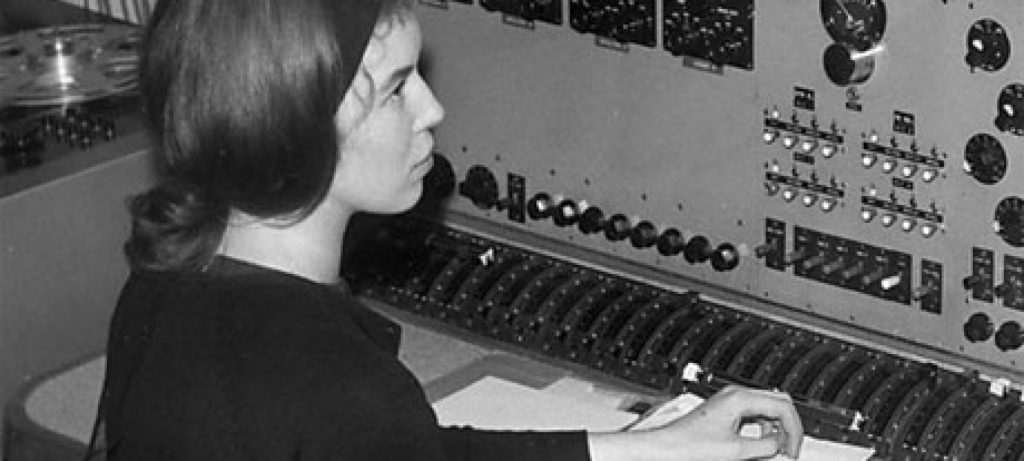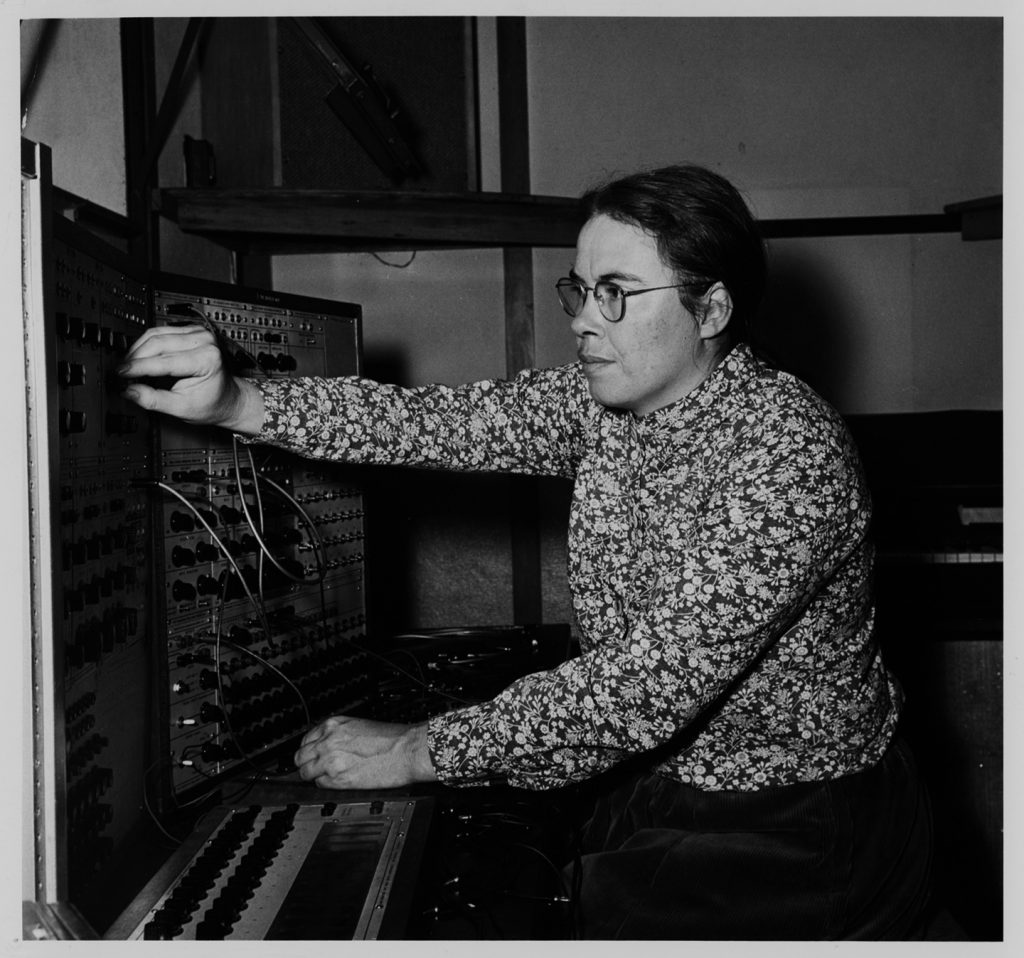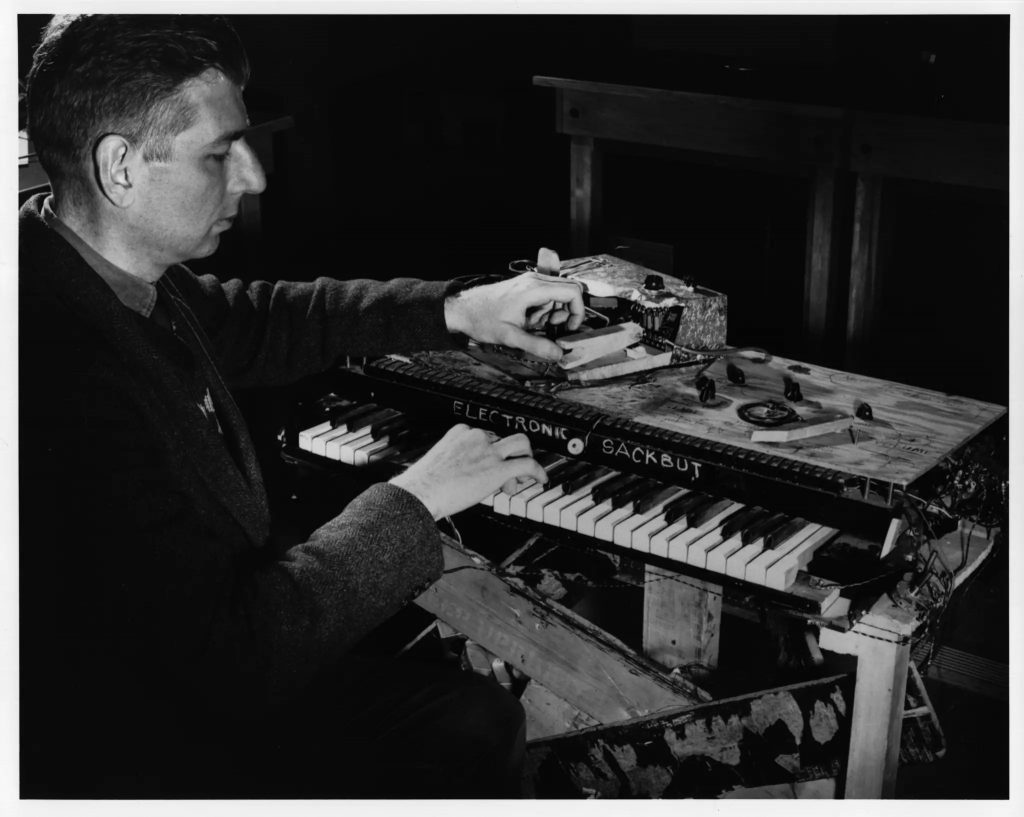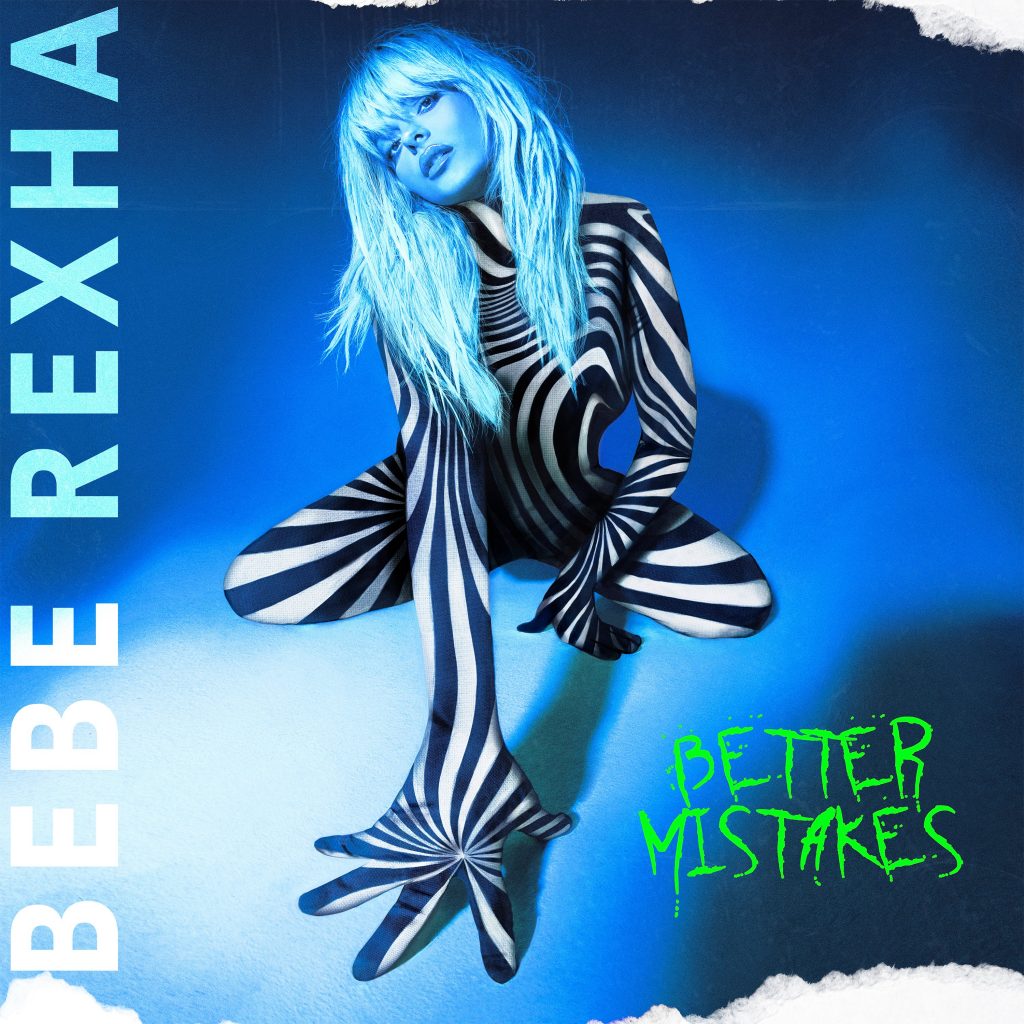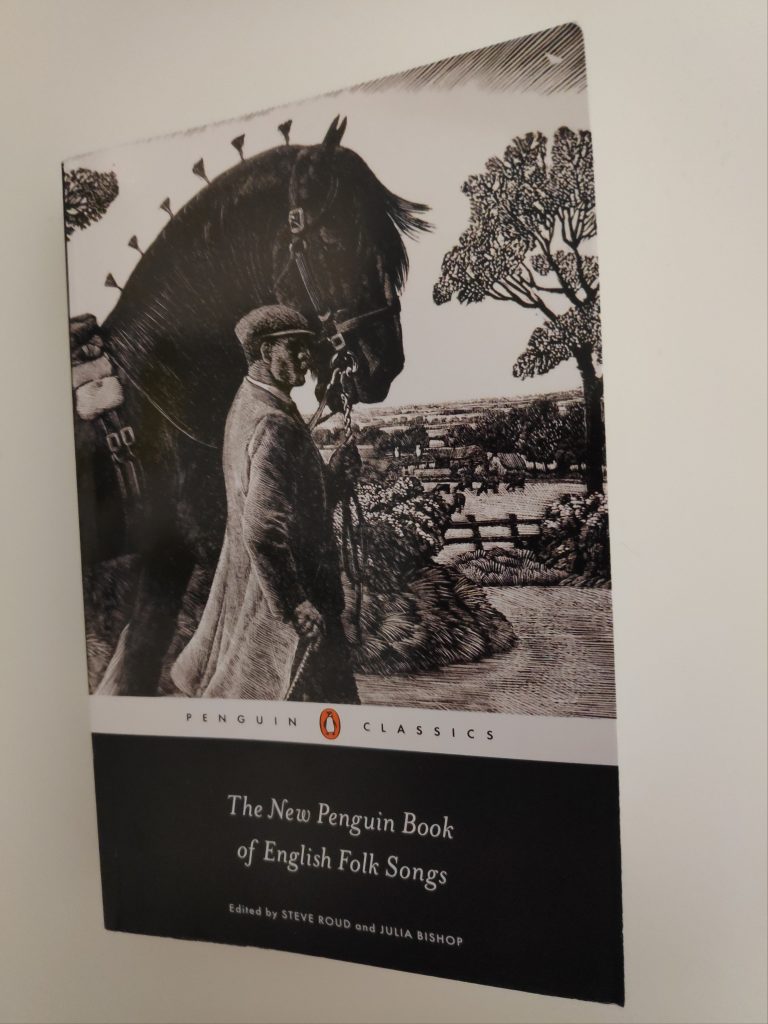
In a musical context, a cover is a version of a song that is a remake, a new performance/ recording by someone other than the original composer/ performer. This is a concept that has only existed since the mid-20th century. Before that, musical entertainment was a live event, at home, or some public venue. It is often noted that sheet music was originally published to increase the popularity of music.
The American Copyright Act of 1909, and its subsequent revisions, gave United States musicians the right to record a version of someone else’s previously recorded and released music, whether it is music alone or music with lyrics. While a license can be negotiated between representatives of the interpreting musician and the copyright holder, any cover version can use a mechanical license where the recording musician pays a standard royalty to the original author/copyright holder through a designated copyright organization. This is permissible under copyright law even without permission from the original author. This provision was introduced to prevent the Aeolian Company from monopolizing the piano roll market. Many other jurisdictions offer similar provisions.
That said, there are many different reasons why people in the twenty-first century make covers. These reasons are the topic of this weblog post.
One important reason is for a musician to demonstrate technical competence. The cover version in some way attempts to exhibit a technical competence on par with the original. This does not mean that the cover musician is equal to the original musician, especially if the originator composed the music, and/ or wrote the lyrics. There are many different tribute musicians who specialize in making cover versions of prominent bands.
Yet, sometimes the musical expression can compensate. All Along the Watchtower (1967) was originally written and recorded by Bob Dylan (1941 – ). Yet the original version (1967) proved less popular than the Jimi Hendrix (1942 – 1970) Experience cover version (1968). Part of the reason is simply that Hendrix is a better musician than Dylan, although Dylan is a master at using the English language.
Sometimes, there will be less emphasis on imitation, and more on originality by changing the instrumentation, arrangement or vocal range. Pentatonix began with Kirstie Maldonado (1992 – ), Mitch Grassi (1992 – ) and Scott Hoying (1991 – ) from Arlington, Texas, entering a local competition with an a cappella 2010 cover version of Lady Gaga’s (1986 – ) provocative, original Telephone (audio 2009/ video 2010) with Beyoncé (1981 – ). The cover is not very professionally made, but still demonstrates their talent.
Some cover versions are uniquely different. Many people are aware of Smells Like Teen Spirit (1991), performed by Nirvana, with lyrics and music by Kurt Cobain (1967 – 1994). Its music video was, at a time when people watched something called television, the most played on MTV Europe. For those unfamiliar with the nuances of the original, Wikipedia has an article about it. A cover version by Tori Amos (1963 – ) is recorded at a live performance at Montreux in 1992. It is a totally different experience. There is no attempt to imitate. It provides totally different emotional content. For some, the Tori Amos version is exceptional, and far better than the original.
Fear of the Dark (2019), by the Melodicka Bros, is vastly different, more melodic cover that exceeds the quality of the original, by Iron Maiden (1992), in my opinion. On YouTube, there are over 200 cover versions of this one song available.
Pauli Poisuo on 2020-05-27 documented another cover that is emotionally distinct from the original: Johnny Cash’s (1932 – 2003) cover version of Hurt (2002), was made when Cash knew that he was dying. The take is very different from the original version by Nine Inch Nails = Trent Reznor (1965 – ) who wrote it from the perspective of a young drug addict in a Downward Spiral (the name of the album in which it appeared, released in 1994). The reason for Cash recording Hurt, is probably due to the encouragement of record producer Rick Ruben (1963 – ), who in 1993 convinced Cash to change record labels. He allegedly succeeded by saying, “Well, I don’t know that we will sell records. I would like you to sit in my living room with a guitar and two microphones and just sing to your heart’s content, everything you ever wanted to record.” This artistic freedom offered was extremely important for Cash.
Another reason for making a cover is parody. Sometimes people believe a band/ musician is too pretentious about their works, with the result that they attempt to parody them back to reality. Kraftwerk is a synthesizer-based electronic music band from Düsseldorf, Germany, started in 1970 by Ralf Hütter (1946 – ) and Florian Schneider-Eselben (1947 – 2020). The Official Kraftwerk YouTube Channel has about 61 400 subscribers, they only offer three videos, including Die Roboter/ The Robots, released in 1978.
Enter American pianist, synthesist, electronic musician, producer, father Andrew and his son Hudson. Last name, Piano (on YouTube) but Voltage (and currently missing from Instagram). Their YouTube site boasts 440 subscribers, and 5 videos. As of 2021-09-16, 178 678 people had watched their cover of The Robots, uploaded in 2016. Andrew writes: “For this project, my intent was to spend some creative fun time with my 6 year old son, teaching him about music production and synthesizers. I also wanted to introduce him to Kraftwerk—heroes of mine since childhood. We had a lot of fun making this and hope you enjoy…The Robots!”
An aside: Wolfgang Flür (1947 – ) was a percussionist with Kraftwork from 1973 to 1987. He wrote a critical book about the band, I was a Robot (2003) in which he claims that he invented the electric drums used by the band throughout the 1970s. However, patent records dispute this.
There have been several popular versions of The House of the Rising Sun published. In Canada, the United Kingdom and the United States, and other English speaking countries, the Newcastle, England group, The Animals version from 1964 is most popular. In other countries, including Norway, the Detroit, Michigan band Frijid Pink‘s version, released in 1969, is more popular. While these arrangements are copyrightable, the original music/ lyrics are not, since the original songwriter is unknown. The oldest published version of the lyrics was printed by Robert Winslow Gordon in 1925, in a column “Old Songs That Men Have Sung” in Adventure magazine. The oldest known recording of the song dates from 1933 by Clarence “Tom” Ashley, who claimed he learned it from his grandfather. Dave Marsh in, The Heart of Rock & Soul: The 1001 Greatest Singles Ever Made, (1989), described the song (in entry #91), as the first folk rock hit.
The New Penguin Book of English Folk Songs provides the tune and text of 151 songs, that “are learnt and performed by non-professionals in informal, non-commercial settings.” (xii) This, and other collections of folk songs, can provide a basis for music and lyric adaptations. What one person finds of interest will not necessarily appeal to others. There is a lot of room for personal taste. This writer is reading the book at the rate of one song per day. This means not just reading the lyrics, but also the accompanying notes. It also means listening to song versions that are available.
This weblog post will end will the presentation of a group that will remain anonymous, for what is called the worst ever cover, a version of The Final Countdown, originally recorded by the Swedish rock band Europe, in 1986.





